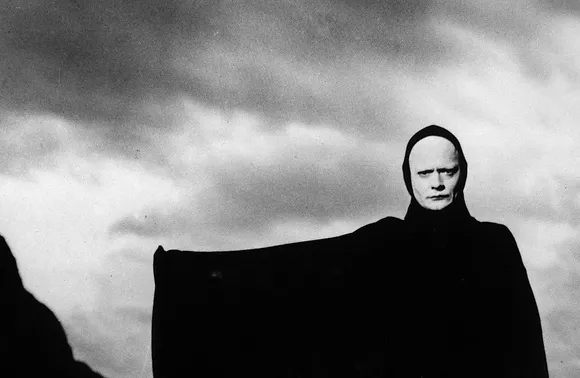
The Iconic Cinematography of Ingmar Bergman

Although cinema is seen chiefly as a tool of the entertainment industry, it has gained an artistic identity over time. Bergman is one of the dominant factors in the artistic institutionalization of cinema. Ingmar Bergman has added innovations to the classical cinema concept both with the themes he conveys and the way he handles them and showed how far the artistic value of cinema could go. Even though it is not thought that the subjects that literature and philosophy deal with will be handled by cinema, Bergman's films cover these philosophical and literary elements in-depth and strikingly, which plays a prominent role in the constitution of diverse branches in this sector. He became a pioneer in cinema, not only with the themes he conveyed but also with his usage of camera and light techniques, images, and metaphors.
Let's examine the concrete examples of Bergman's cinematography, which I mentioned in the introduction, through his films. In the Seventh Seal, a knight returning from the Crusades plays chess against death, one of the most iconic death images. The purpose of Bergman is to convey the knight's effort to make sense of life in the face of absoluteness of death and the meaninglessness in the face of death. In Winter Light, another movie with a similar theme, the audience watches the questioning of faith through the eyes of a priest who begins to lose faith as a result of his interrogations and encounters the silence of God. Bergman's works are critical in using these themes that have been used in other areas of art but not yet used in cinema and reflecting the existential inquiries that became increasingly evident after the Second World War. Another film in which he applies a technique that has not been used before in cinema is Smultronstället. The movie Smultronstället deals with an aged man's loneliness, his questioning of his past, and his confronting death. In this movie, a character's physical journey to his past and reflecting on it in a Freudian way will set an example for many films later on and will have an important place in the development of cinema. The locations, color tones, paintings, and dialogues that are used in the film are essential elements that make up the theme of the film, and they are crucial details that draw the audience into the film. For example, the vanitas paintings and danse macabre elements in his films are irreplaceable elements that add depth to the film. One of the most critical features of Bergman's cinema is that he conveys the feelings and thoughts in the film to the audience with lights, camera, location selections, the actor's face; and includes the audience in the film. For example, hope is a principal element that Bergman handles. In his films, he reflects despair with dark tones of color in hopeless people, and as people's hope increases, he communicates the greening of hope or the characters' feelings with lighter color choices. In addition, it conveys the mood of the characters with just acting talent, without long dialogue with close-up face shots. In this respect, his cinema has also been called the cinema of faces by some reviewers. These elements add depth to the film, even though they seem simple.
The burden of the past that haunts people, existential concerns, pure belief, our sins that we cannot forget, the silence of the creator, and fear of death are the main themes of his cinema. In places where faith and hope no longer bloom after the latest developments in the world, those who seek the voice of God and are encountered with deep silence, people who have already lost the voice of God, elders who face the past that they can no longer return to, individuals who seek their self in the middle of nowhere, parents who bequeath their shortcomings to their children are the main characters reflecting Bergman's cinema and its atmosphere. He impressed many directors with the cinematography he left with the techniques he used and the path he opened by entering subjects that were not covered before. I strongly recommend you watch Bergman's films, each of which is a literary and philosophical work that makes you feel as if you are reading the works of an existentialist philosopher.




